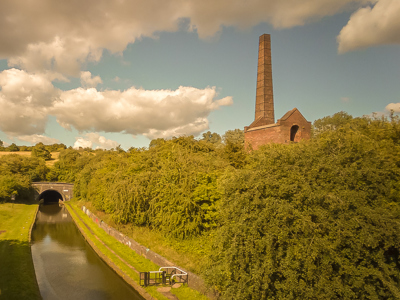
Family of former Guy’s Hospital worker appeal for information after death linked to asbestos
The family of a woman who worked as an administrative clerk at Guy’s Hospital in Southwark, London for more than two decades is appealing to her former colleagues for information following her death from an asbestos-related cancer, mesothelioma.
Posted on 12 August 2025
Joanne Barnet, 87, was only diagnosed with mesothelioma on the day that she died, Friday 17 May 2024, six months after her symptoms began.
Between 1972 and 1996, Joanne worked at Guy’s Hospital as a clerk:
- In the Eye Clinic appointments team, in the basement of Hunt’s House;
- In the registration team for the Outpatient Department, on the ground floor and later, the fourth floor;
- In the X-ray Department, on Addison Ward in the Tower Building.
Records seen by the Leigh Day asbestos team suggest that asbestos was heavily used in Hunt’s House and Tower Building, where Joanne worked and that the buildings were in a poor condition.

Joanne recalled spending significant time in the basement of Hunt’s House where there was a staff restroom, women’s toilets and clerical offices. Witnesses recall that the basement was in a poor condition and that repairs were ongoing. The asbestos team at Leigh Day believe this could have led to the asbestos in the building being disturbed.
In December 2023, Joanne began to experience symptoms of breathlessness, which deteriorated until her death in May 2024. Following her diagnosis of mesothelioma, Joanne’s family instructed Leigh Day’s Claire Spearpoint to investigate her case.
Joanne’s family are particularly interested to hear from any former employees of Guy’s Hospital who worked in Hunt’s House or Tower Wing during 1972 to 1996 who could “shed light” on asbestos being present.
Partner Claire Spearpoint, who specialises in asbestos legal claims said:
“We are appealing for anyone who worked in the same buildings as Joanne during 1972 to 1996 to get in touch. Joanne’s family would be very grateful for any information that could shed light on the presence of asbestos.”




